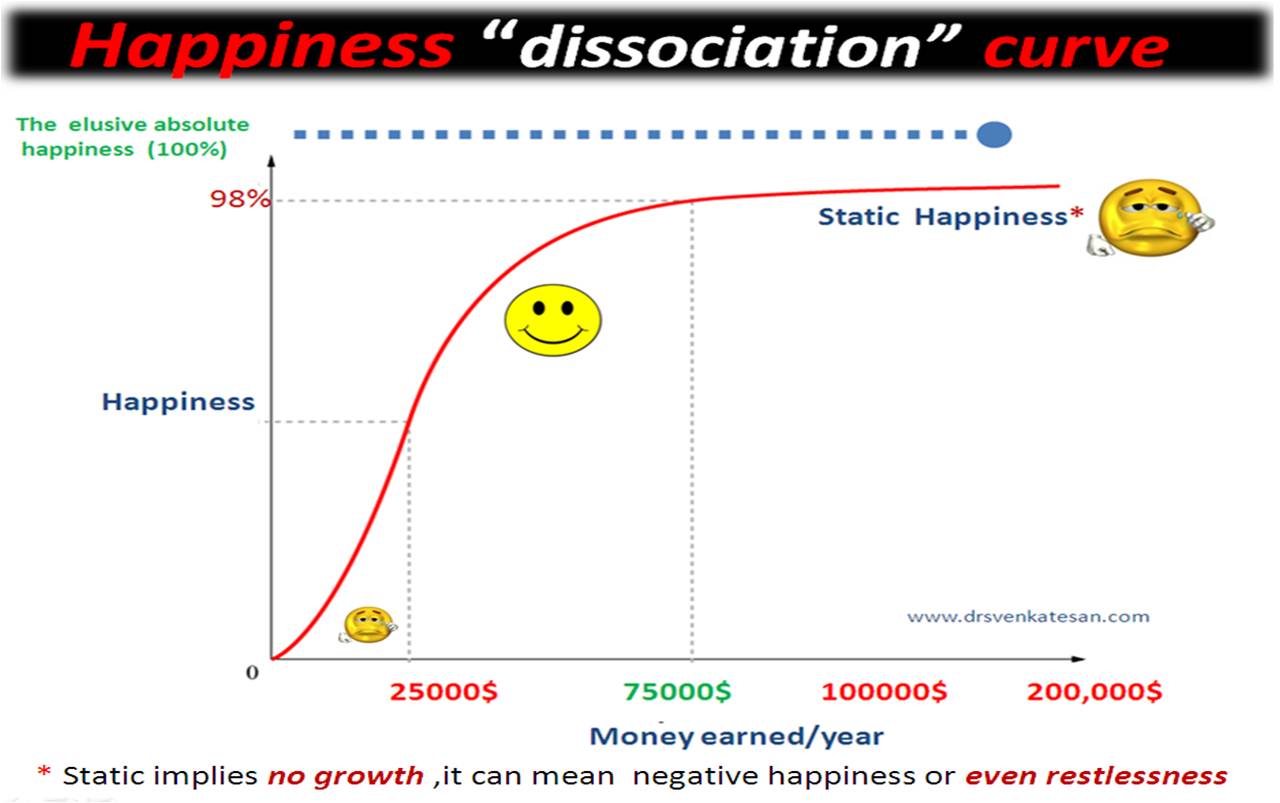Americans truly view Haiti as a horrible place, a country they never want to go to. In an article from Gadling, Port Au Prince (Haiti's capital) was ranked #3 on a list of the "Top 10 Places You Do Not Want to Visit in 2012." #3! The author states that "It is the kind of place where relief workers are swallowed whole by the earth." This doesn't make me want to go down there and help, which is exactly what we as Americans should have been doing in the months and years following the 2010 earthquake. Maybe if more Americans had gone to Haiti to help, it wouldn't have been on this list.
Haiti has seen so many recent devastations to its land, government, economy, etc., and has made such a strong recovery in recent years, yet outsiders still view the country with such a negative outlook. Perhaps we should look at things a little differently: The 2010 earthquake in Port Au Prince killed 300,000, left 3 million without homes, food, or water, and destroyed 30% of the affected area's capital. 13 billion dollars in damage! Since the disaster, 97% of the rubble has been remover. Additionally, Haiti has seen a recent growth in GDP, a reduction in cholera cases, and the addition of many more health centers across the country. So why do we still view the country as a bad place to vacation?
I've been to Haiti twice- in the mountains of Kenscoff and Lamardelle, and to the capital, and I promise it's a nice place. The way we view the country needs to change.
 |
| A personal photo: Kenscoff, Haiti |



